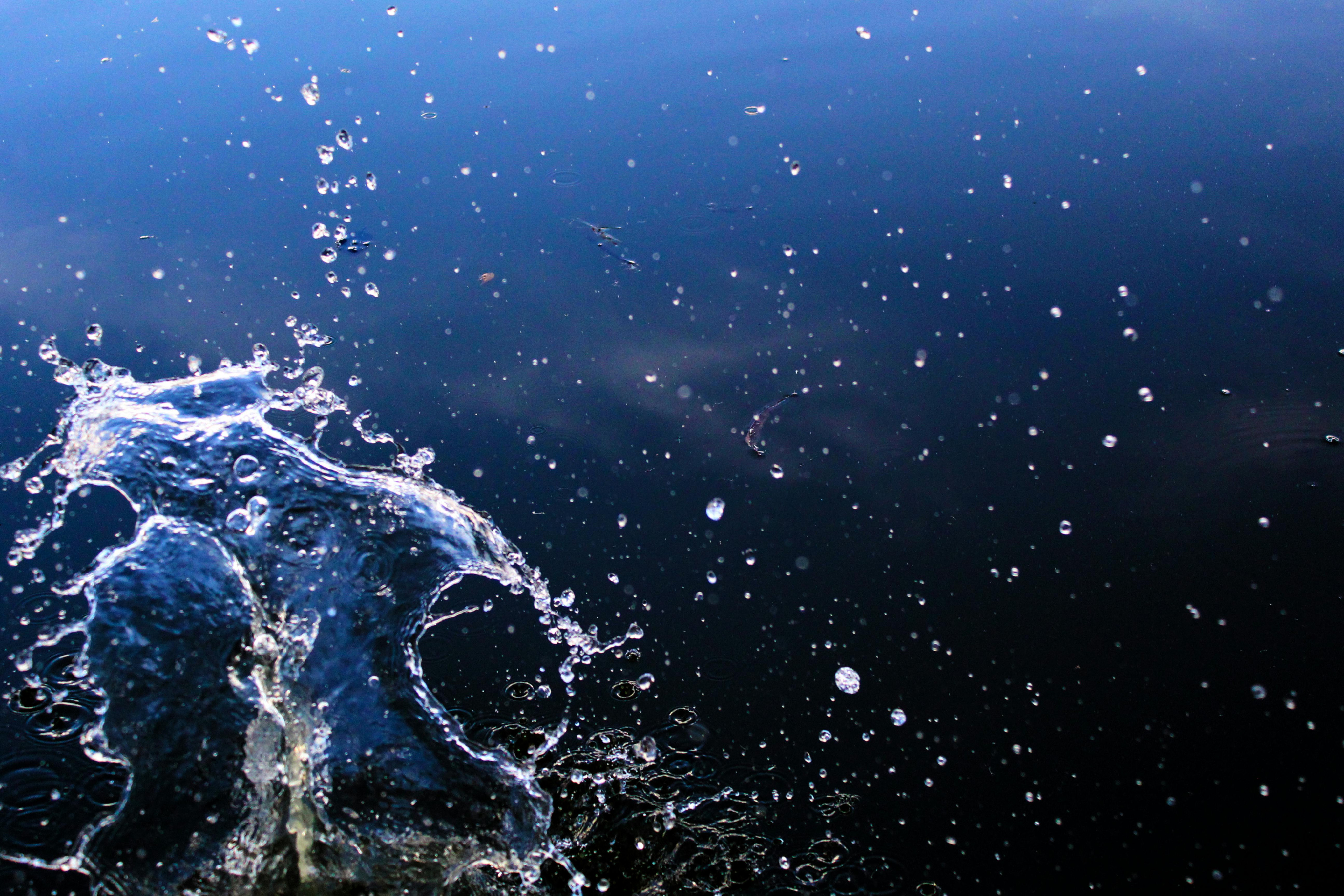Applying BGI solutions to roadways, wetlands and walking trails not only enhances resilience to climatic extremes, but provides a space for humans and nature to thrive.
Climate change and environmental degradation are driving cities towards blue-green infrastructure (BGI) solutions to enhance climate resilience and restore the health of ecosystems, which in turn enhances the physical and mental well-being of residents.
A key aspect of BGI is its multi-functionality, specifically its ability to deliver a wide range of environmental, economic and social benefits, including improved water quality, within the same spatial area. This means BGI harnesses the interrelationships between vegetation and the water cycle to improve living conditions in cities. In turn, this enhances both sustainable development and water- and greenery-related ecosystem services.
For example, a green roof can reduce stormwater runoff and the pollution load of the water while also decreasing the urban heat island effect, providing a habitat for species and offering a space for relaxation. However, it is essential to note that not all green spaces or environmental features qualify as BGI. In addition to being high quality, they must also form an integral part of an interconnected BGI network and deliver multiple benefits. For instance, an urban park might be considered an integral part of BGI if, in addition to absorbing excess water runoff, it offers recreational opportunities and enhances wildlife.
Benefits
BGI provides multiple benefits, including:
- Improved water quality, capturing and cleaning stormwater and ensuring waterways are healthier
- Reduced potential for flooding, slowing down and holding stormwater to allow it to soak into the ground
- Enhanced resilience to climate change, using water as a resource for communities and natural habitats
- Reduced infrastructure costs, decreasing the volume of water entering the sewer system, increasing the lifespan of the sewers and reducing infrastructure maintenance costs
- Increased space for communities and wildlife, providing multiple mental and physical health benefits to communities as well as a sanctuary for urban wildlife and pollinators
BGI in Melbourne
Melbourne, Australia, is proactively taking action to enhance liveability while adapting to climate change. Actions have focused on leading by example, including expanding urban greening in public areas:
Green Your Laneway
The Green Your Laneway is a pilot project that the Melbourne City Council embarked on in 2017 to give four pilot laneways a "natural makeover". The project is about transforming Melbourne's famous roadways into more appealing and liveable areas using BGI. With a combination of green walls, green roofs, stormwater tanks and planter boxes, and artists to create nature-inspired murals, the project transformed the laneways into green sanctuaries. Meyers Place, one of the oldest laneways in Melbourne and part of the pilot, has attracted more locals looking to escape the city's bustle and enjoy the cool and relaxing atmosphere in this popular entertainment and dining spot.
A wetland designed to treat stormwater for irrigation
On a larger scale than the laneways project is the Trin Warren Tam-boore wetland at Royal Park. Constructed in 2006 in Melbourne's largest inner-city park, this five-hectare wetland exemplifies ecological design with great liveability outcomes. The wetland was designed to treat stormwater for irrigation of different park sections while excess clean water is discharged into the Moonee Ponds Creek. The wetland and its adjacent landscape have also created an artificial billabong environment, where wildlife – such as the endangered White's skink population – thrive, and the community has a space for enjoyment and recreation. The enhanced amenity of Royal Park through this project has contributed to the celebrated liveability of Melbourne, with visitors enjoying the tranquil atmosphere this wetland creates.
Green gateway
An element of BGI farther out from the heart of the city is the Spirit of Barak Trail, the Green Spine, located in Chirnside Park. This green gateway to the Yarra Ranges is situated close to Chirnside Park Activity Centre and provides a sustainable brand and identity for the municipal area. The design of the green spine took into account water and electrical engineering, landscape architecture and art, creating a scenic, active corridor that the community highly values. While the green spine provides enhanced pedestrian and cyclist access to the activity precinct, it also features rain gardens which are natural filters for stormwater and solar-powered lighting. The combined benefits of this trail experience cater to environmental, social and economic values that further promote Melbourne as a liveable city.
Greening the Pipeline
Regional-scale BGI initiatives are not common worldwide, but state and local government agencies have partnered up to deliver the Greening the Pipeline project in Melbourne. This initiative aims to transform the 27 kilometres of the heritage-listed, disused Main Outfall Sewer pipeline reserve along the Federation Trail bike path in Melbourne's western suburbs into a linear parkland. In 2017, a pilot parkland at Williams Landing was built along the reserve to provide recreation opportunities and urban cooling, improve amenity and manage stormwater sensitively. Master planning and sourcing of funds continue for this initiative, with different sections of the reserve due to be transformed into vibrant, natural spaces that improve liveability in the west and make Melbourne a more desirable place to live in.
Blue-green infrastructure not only improves resilience to climatic extremes, but provides a space for humans and nature to thrive at various scales. A world-class example is Melbourne, which has implemented BGI at various scales, from green lanes to constructed wetlands and walking trails, to enhance its liveability while creating multiple social and environmental benefits.


